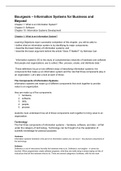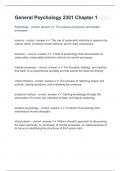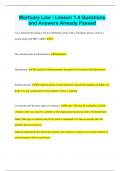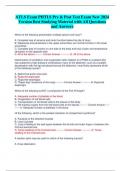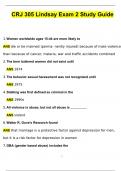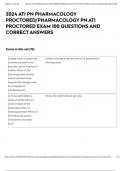Samenvatting
Summary Information Systems for Business and Beyond, ISBN: 9781304943484 Information And Data Management
- Instelling
- Universiteit Van Amsterdam (UvA)
Summary of chapters 1,3,10 of Systems for Business and Beyond, ISBN: 3484 Information And Data Management. Includes screenshots from the reader.
[Meer zien]
